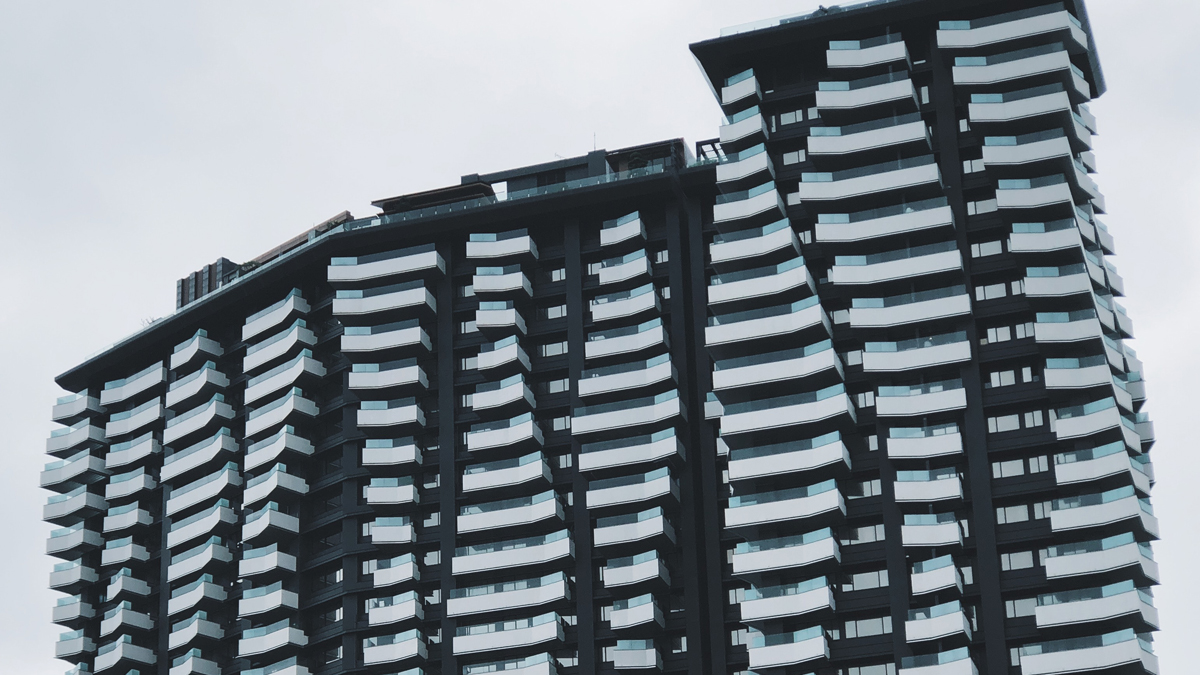Mascot Towers: The building defects 'crisis' impacting Aussie investors (part one)
As the Mascot Towers apartment buildings in Sydney continue to sink further into the ground, property investors around the country are asking: who is to blame? and how do I avoid the same fate as those sadly evacuated from their homes?
Images of frustrated and confused homeowners have been splashed across the front page of newspapers lately. First, we saw residents being evacuated from their homes at the Opal Tower on December 24 and more recently, the same occurred at the crumbling Mascot Tower on June 14.
Some of these people had invested hundreds of thousands of dollars buying their first apartment or dream home, however they now steer down a path of financial uncertainty as the value of their property nose-dives and they may have to fork out for expensive repairs.
As expected, the blame game is in full swing – some pointing a finger at dodgy tradesmen, while others are saying the defects are a result of declining building standards, lack of regulations and/or dodgy imported products. While the NSW government has vowed to get to the bottom of these fiascos, it is likely to take years before the cause of the issue is uncovered or resolved. This is what property investors need to know…
The issue
A number of Australian residential buildings have been deemed uninhabitable due to structural and building defects. In fact, in the past year, at least three major apartment buildings in New South Wales alone have been evacuated because of building faults.
Most recently, residents in Mascot Towers were evacuated from the 132-apartment complex after cracks appeared in the building. The residents are now left with nowhere to live and no idea when they can return.
The owners of apartments in that development have also been left with a hefty repair bill as the 11-year-old building is too old to fall under warranty.
This issue ultimately reveals the vulnerabilities of builders and developers, and highlights the need for greater protection for the consumers who invest in these types of properties.
Why this is happening
It is unclear the root of the issue, however, it is clear these defects aren't maintenance or repair issues. They are problems which are likely to have arisen on the back of construction, design or supplies. And while the defects may be triggered by the original construction phase or design, we are seeing the defects are actually arising later in the building’s life.
How to protect yourself
Part of the problem for investors buying units is many defects are difficult to uncover, and the ramifications of a defect can take years before they are obvious (which is what we have seen with Mascot and Opal Towers).
However, prospective buyers of high-rise units need to understand the importance of researching developers and builders before purchasing apartments (especially those off-the-plan). Here are a few tips:
- Look into the history of the developer and builder and find out what previous projects they have worked on. Visit the projects and chat to residents about the quality of the building.
- Have an independent building inspection completed. This is typically a no-brainer when it comes to purchasing free-standing homes, and should be equally important when buying a high-rise apartment.
- Obtain the strata report from the body corporate and look at the value and forecast of the sinking-fund as well as the upcoming and completed maintenance works (your real estate agent should be able to provide this report along with the contract of sale). Not sure what a sinking-fund is? A body corporate’s sinking fund is effectively funds raised to allow for repairs and maintenance of a building.
- Find out what insurance is taken out by the body corporate to protect your investment
The role of insurance
In strata complexes such as high-rise apartment buildings, there is often confusion among landlords about who is responsible for what when it comes to insurance.
Because the building structures are owned collectively and managed through the body-corporate, responsibility for insuring the building does not fall to the landlord. It is the responsibility of the body-corporate to take out strata insurance which covers the building, common property and common area contents of a strata scheme.
Meanwhile, those who have investment properties in apartment blocks also typically need landlord insurance, as strata insurance does not offer cover for unit contents like non-fitted appliances and personally-owned items, or risks such as loss of rent, liability and tenant damage.
Many policies actually do not cover the cost of damage which is a result of defective construction. This means there is virtually no safety net for those owner-investors who have properties in such buildings as Opal and Mascot Towers, who have ultimately lost a tenant and an income. This is only a recent development for this type of damage as more and more buildings fail to meet safety standards. As a result, insurers are no longer willing to take the risk and are stepping out of the market, as is their right.
While EBM RentCover did not have any clients with properties in Opal Towers, we have a number of clients impacted by the Mascot Towers fiasco. To assist those who have effectively been financially hung out to dry, our policy covers loss of rent up to 52 weeks for prevention of access to the premises.
For more information about the response of insurers, click here.
Where to from here?
The NSW Parliament is taking steps to prevent these types of disasters, including announcing an inquiry into building standards, building quality and building disputes.
There needs to be a regulatory overhaul of the country’s construction sector. And it is recommended people not purchase off-the-plan until a statutory duty of care allows owners to sue or seek compensation if there is a breach.
If you have an apartment in the Mascot Towers high-rise buildings and hold a landlord insurance policy from EBM RentCover, we want to hear from you. If you need us, we are there – contact our Expert Care team on 1800 661 662.
*While we have taken care to ensure the information above is true and correct at the time of publication, changes in circumstances and legislation after the displayed date may impact the accuracy of this article. If you need us we are there, contact 1800 661 662 if you have any questions.
You may also like
View all
Little did this property investor realise that the six-month lease on his Bilambil Heights house would turn into a nightmare...

Here’s a list of 50 terms you might see related to landlord insurance and just what they mean...



